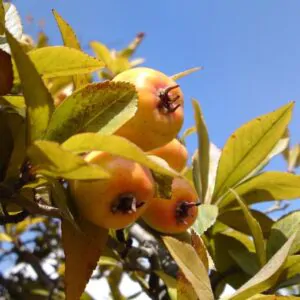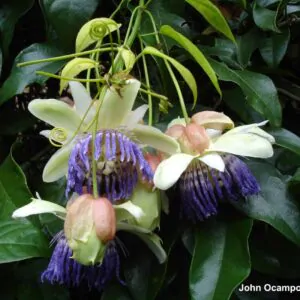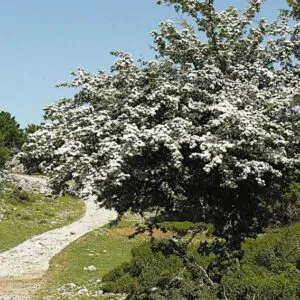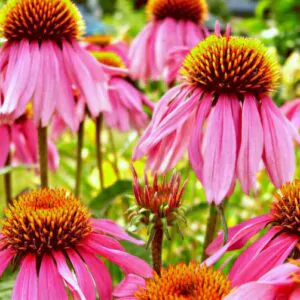Description
Originating in south africa, this splendor and beautiful species has its scientific name in homage to the sofia carlota queen of mecklemburg-strelitz, wife of king jorge iii, united kingdom.
The colors and texture of your leaves is already extremely ornamental, blue green and majestic even without flowers.
But, if it is flowering, the colors in contrast and their shape, even seem to have been carved by divine hands. A true “ave of paradise”. It is an extremely rustic species, easy to grow and fit.
Planted isolated, in groups or in pots; it’s warning to please see it flower and have your presence in our garden. Can be cultivated in full sun or half shadow, in fertile and well drained soils, in tropical and subtropical climates.
The plant grows to 2 m (6.6 ft) tall, with large, strong leaves 25–70 cm (9.8–27.6 in) long and 10–30 cm (3.9–11.8 in) broad, produced on petioles up to 1 m (39 in) long. The leaves are evergreen and arranged in two ranks, making a fan-shaped crown. The flowers stand above the foliage at the tips of long stalks. The hard, beak-like sheath from which the flower emerges is termed the spathe. This is placed perpendicular to the stem, which gives it the appearance of a bird’s head and beak; it makes a durable perch for holding the sunbirds which pollinate the flowers. The flowers, which emerge one at a time from the spathe, consist of three brilliant orange sepals and three purplish-blue or white petals. Two of the petals are joined together to form an arrow-like nectary. When the sunbirds sit to drink the nectar, the third petal opens to release the anther and cover their feet in pollen.












